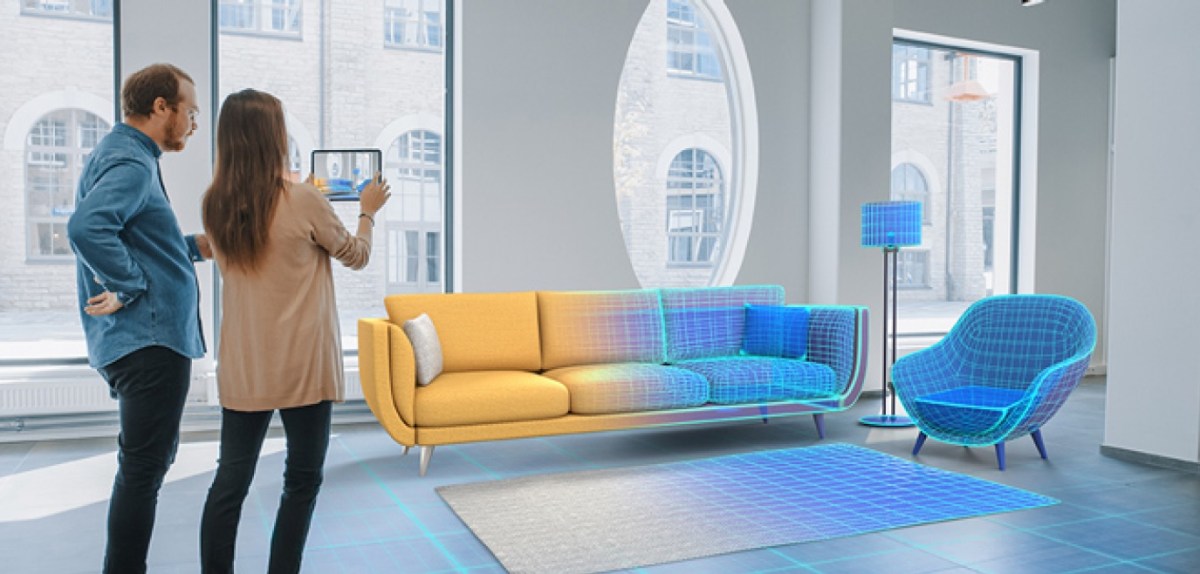No one is sad to see the back of 2020. The pandemic has left a trail of destruction in its wake, radically altering the way we work, play and shop. But even as restrictions have lifted, it’s become obvious that retail business won’t be back to normal.
So while the lights are on and retail assistants are in, Australia’s shopping districts still resemble ghost towns. COVID, though, isn’t entirely to blame.
Bricks-and-mortar retail was in the doldrums long before the pandemic hit. Many traditional retailers reported poor Christmas periods, with ShopperTrak data finding that customer traffic in December 2019 was 12.2% lower than the year before. 2020 has been just another nail in the coffin. But it’s one traditional retailers should use to shock them into action.
Online surge
While consumers might have disappeared from shopping centres, that doesn’t mean they’ve stopped spending, they simply redirected their spend.
In fact, they’re buying more than ever.
Take Lovisa; the jewellery retailer reported that its online sales spiked by more than 400% during a 24-week period at the end of the last financial year and the start of this one.
This jump online has been repeated elsewhere. Online shopping jumped 75.8% year-on-year in September, according to Australia Post, with e-commerce now accounting for around 10 cents in every shopping dollar, according to the Australian Bureau of Statistics. Aus Post expected Christmas 2020 “to break all online shopping records, with predictions surpassing anything we’ve seen”, and it did just that.
It gets worse for traditional retailers.
More than one million new households shopped online between March and September 2020, according to Aus Post. Once people start shopping online, it quickly becomes a habit: 33% of Australians say they’ll now shop online more than before, according to the Adyen Agility Report.
And why not? A few clicks and, bingo, your shopping gets delivered to your doorstep. What’s not to like? But while traditional retailers can’t compete with online’s convenience, that doesn’t mean they’re doomed to failure.
The old approach is over
Bricks-and-mortar businesses that want to pull in consumers can’t just use the outdated tactic of piling product high and selling it cheap – because that’s a certain death spiral.
Instead, they need to give shoppers a compelling reason to visit their store, stay longer and spend money.
How? By completely rethinking their approach. Traditional retailers need to stop selling products and start selling experiences. When consumers have bad experiences, they vote with their wallets: Adyen found 72% of consumers won’t return to a retailer if they’ve had a bad experience, either in-store or online.
Traditional retailers can’t compete with online rivals for price and convenience, but they have an ace up their sleeve: face-to-face service.
Businesses that provide great service create genuine emotional connections with customers. Emotionally connected customers have double the lifetime value of highly satisfied ones, according to ‘The New Science of Customer Emotions’, a research piece reported by the Harvard Business Review 6.
They not only buy more products and services – they’re also willing to pay more for them. Even better, emotionally connected customers will go out of their way to recommend a business to their friends and family. In this scenario, staff aren’t just staff – they’re customer relationship managers. And customers aren’t just customers – they’re unpaid brand ambassadors.
You don’t build emotional connections with low prices or slick marketing campaigns. Instead, retailers need to know what customers want before the customers know themselves.
Customers need to walk into the store and feel everything in it was put there just for them. Surprisingly, this doesn’t just mean crunching data. It can be more simple than that.
Think back to the old days when business owners were always out on the floor. They learned everything about their customers by observing and talking to them. What they wanted. How they shopped. How they behaved. And then the owners gave their customers a personalised experience by curating an environment and stocking it with merchandise that matched.
It’s not the destination, it’s the journey
People can buy anything they want at the click of the button, so they don’t need to visit a real-world store to purchase goods. But physical retail can offer shoppers so much more than a transaction. Shops can be sensory and playful; luxurious and exclusive; learning and workshop centres and community hubs.
Brands like Apple, Nike, Rebel and Louis Vuitton have cottoned on to this – and have reimagined their retail spaces to better nurture their customer relationships.
Apple was ahead of the game with the launch of the first Apple Store in 2001. Products no longer sat in boxes on a shelf but could be touched and played with. Customers fell in love not just with the merchandise but also the brand. Apple has pushed the boundaries of the retail concept further, launching a new generation of stores known as ‘Town Squares’. These aren’t shops but community hubs where people can attend artist talks, workshops and other events.
Nike ID lets you customise and ‘build’ your shoes online after you’ve been in-store to try one on. Rebel gives you full-size basketball courts, running tracks and try-out hubs. Louis Vuitton, naturally, goes even further. Its flagship Sydney store offers a ‘Maison’ experience for its highest-spending clients, so they can shop in absolute luxury and privacy.
Survive and thrive
Charles Darwin said it best: “It is not the strongest of the species that survives … It’s the one that’s most adaptable to change.”
Australian retailers should take these words to heart and up their game in the post-pandemic era. Will it be easy? No. But there’s no other option if they want to survive and thrive in the years to come.
Stella Gianotto is a consumer futurist working with retailers to increase market share, helping them to understand why consumers buy.

